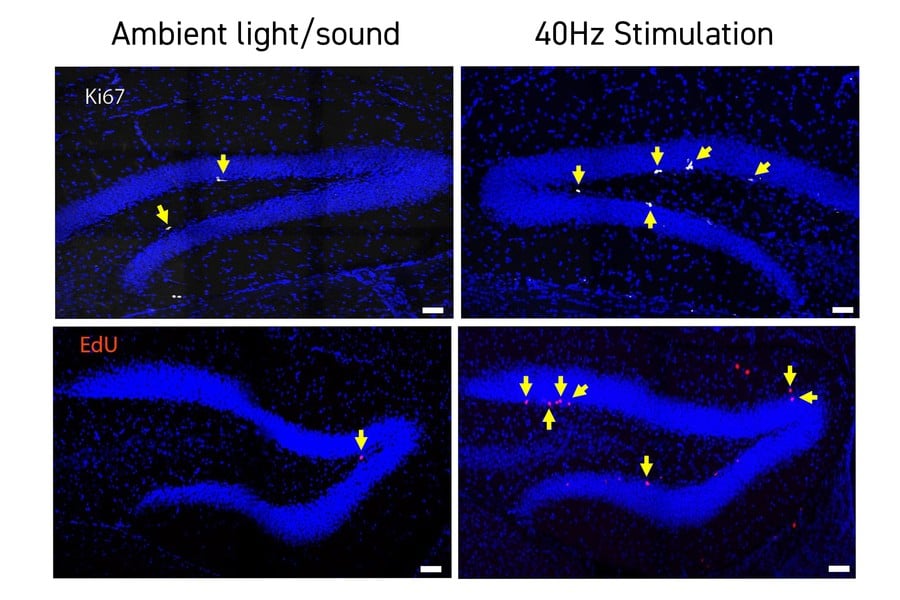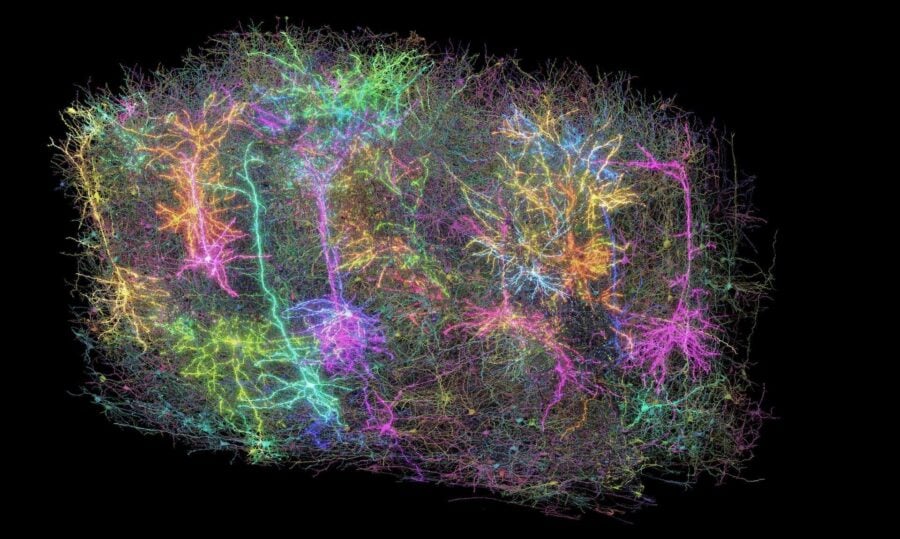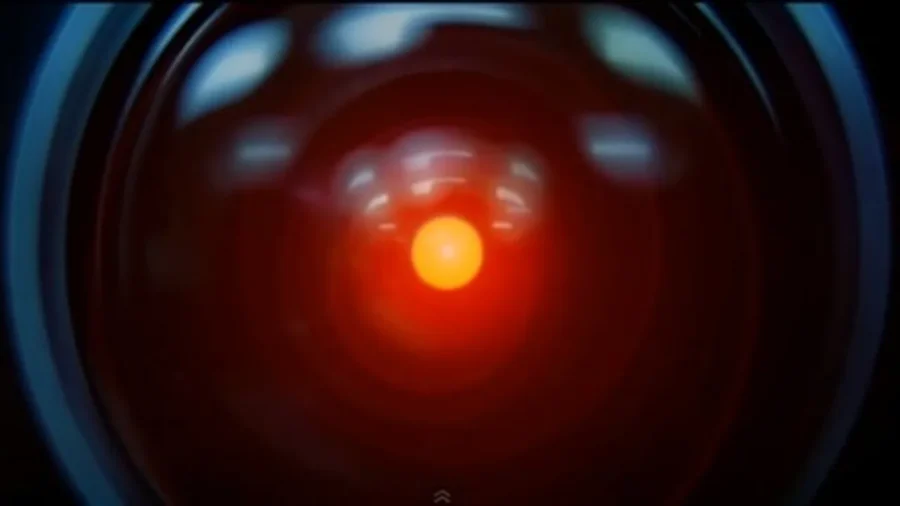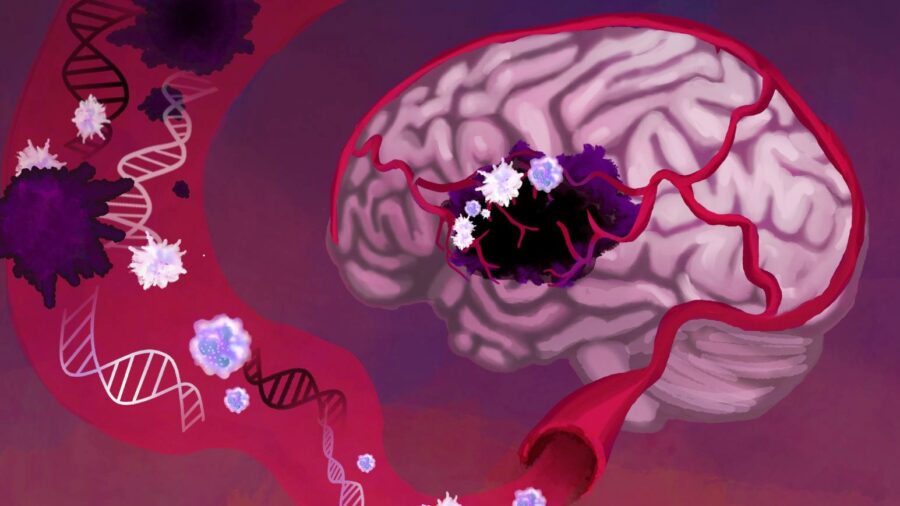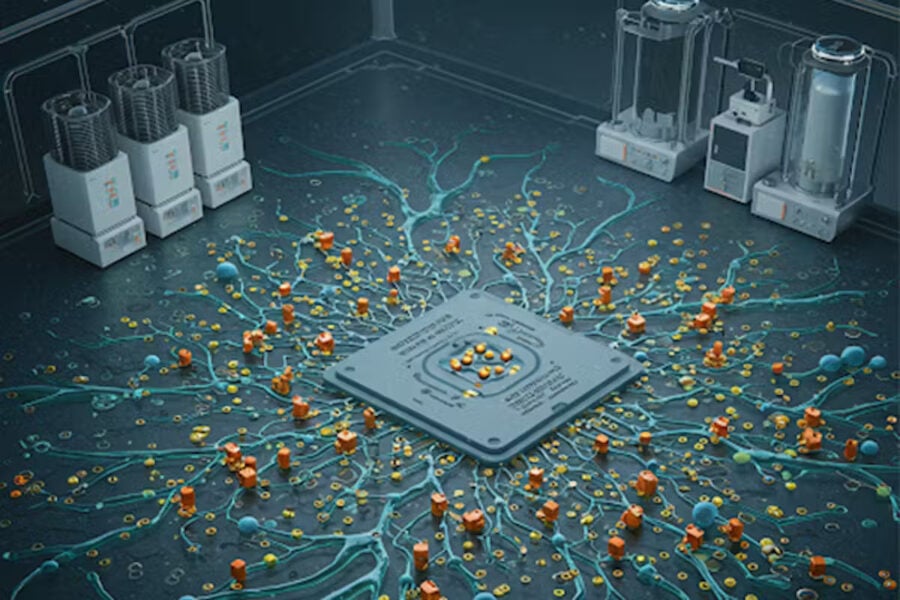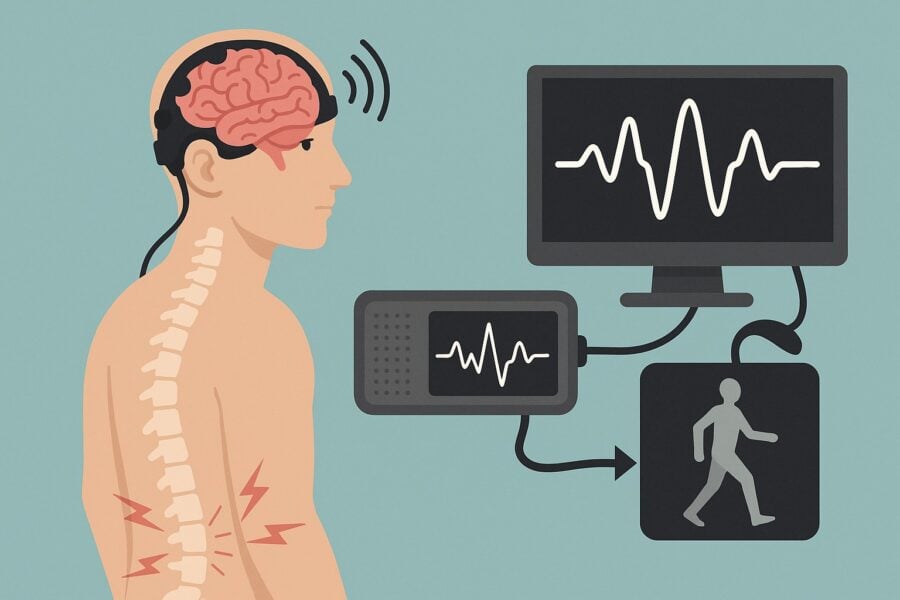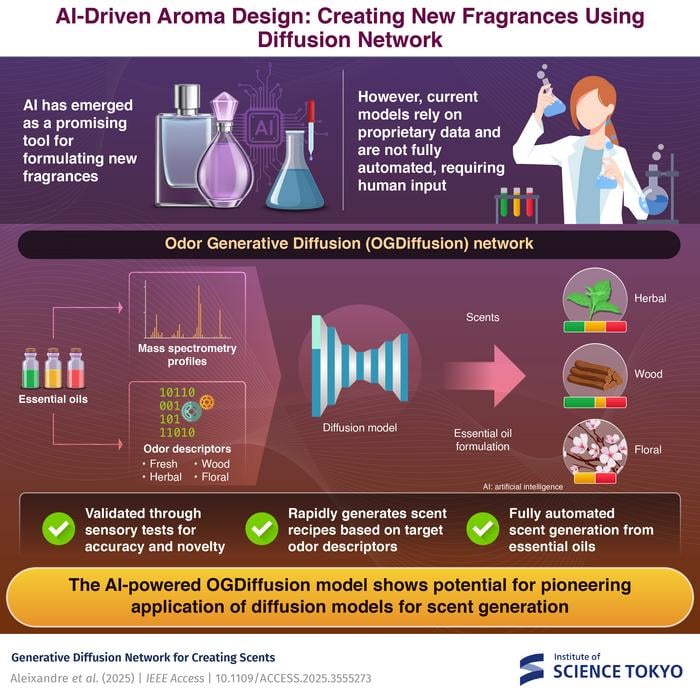Flashes of Hope: MIT’s Light and Sound Therapy Reverses Memory Loss in Down Syndrome Mice
MIT researchers have discovered that exposing mice with Down syndrome to specific light and sound patterns can significantly improve memory, enhance brain connectivity, and boost the formation of new neurons. This promising approach, which uses 40Hz sensory stimulation known as GENUS (gamma entrainment using sensory stimulation), could potentially open new avenues for treating cognitive challenges … Read more

